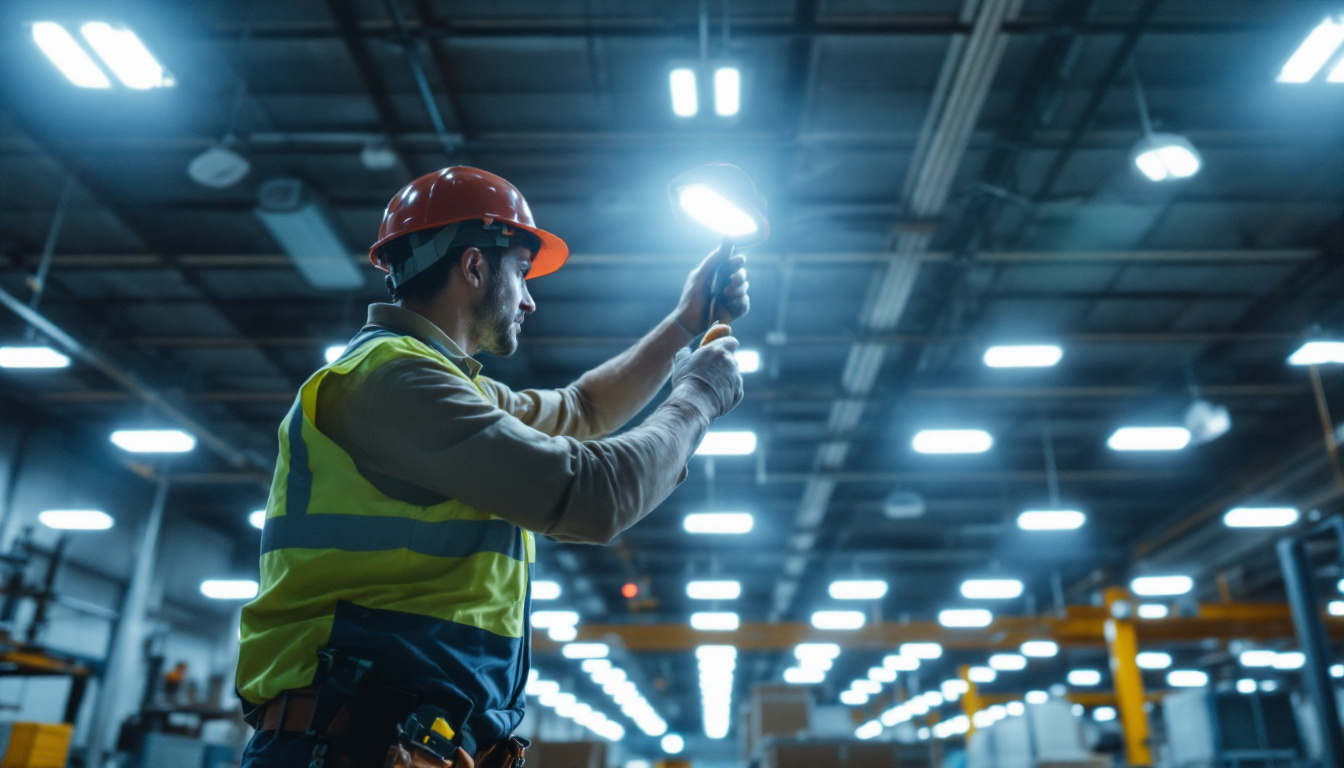
high bay lighting is a critical component in various industrial and commercial settings, providing the necessary illumination for large spaces with high ceilings. For lighting contractors, understanding the essentials of high bay lighting is paramount to delivering effective solutions that meet client needs. This article delves into the key aspects of high bay lighting, covering everything from types and applications to installation tips and energy efficiency considerations.
High bay lighting refers to fixtures designed for spaces with ceilings typically ranging from 15 to 40 feet. These fixtures are essential in warehouses, manufacturing facilities, gymnasiums, and large retail spaces where adequate lighting is crucial for safety and productivity.
The primary goal of high bay lighting is to provide uniform illumination across expansive areas, ensuring visibility and reducing shadows. This is particularly important in environments where tasks require precision, such as assembly lines or quality control stations. Proper lighting not only enhances worker efficiency but also plays a vital role in minimizing accidents, as well-lit spaces allow for better visibility of potential hazards.
There are several types of high bay lighting fixtures available, each with unique characteristics and benefits. The most common types include LED, fluorescent, and metal halide fixtures.
LED high bay lights are gaining popularity due to their energy efficiency, longevity, and low maintenance costs. They produce bright, high-quality light while consuming significantly less energy compared to traditional options. Additionally, LEDs have a longer lifespan, often exceeding 50,000 hours, which translates to reduced replacement costs and less waste. Fluorescent high bay lights, while less efficient than LEDs, are still used in various applications due to their affordability and decent performance. They are particularly effective in environments where the lighting needs may change frequently, as they can be easily dimmed or turned off without a significant warm-up time. Metal halide fixtures, on the other hand, offer excellent color rendering and high lumen output but are less energy-efficient and have a shorter lifespan. Despite this, they are often favored in settings where color accuracy is critical, such as in paint shops or display areas.
High bay lighting is versatile and can be used in numerous applications. Warehouses and distribution centers are among the most common settings, where bright, even lighting is essential for safety and efficiency. In manufacturing facilities, high bay lights illuminate work areas, ensuring that employees can perform tasks accurately. The ability to adjust the height and angle of the fixtures also allows for tailored lighting solutions that can adapt to the specific needs of different workstations.
Other applications include retail spaces, where high bay lighting can enhance product visibility and create an inviting atmosphere. The strategic placement of high bay fixtures can highlight key merchandise, encouraging customer engagement and boosting sales. Gymnasiums also benefit from high bay lighting, as it provides the necessary illumination for sports activities while ensuring safety for participants. The use of dimmable high bay lights in these environments can also facilitate different events, from competitive sports to community gatherings, allowing for a flexible lighting solution that meets various requirements. Furthermore, high bay lighting can be integrated with smart technology, enabling automated control systems that adjust lighting based on occupancy or time of day, further enhancing energy efficiency and user experience.
When it comes to installing high bay lighting, several factors must be taken into account to ensure optimal performance and safety. Proper installation not only maximizes the effectiveness of the lighting but also enhances the overall user experience.
The mounting height and spacing of high bay fixtures are crucial for achieving uniform illumination. Generally, the higher the fixture is mounted, the wider the spacing should be between fixtures. A common rule of thumb is to space fixtures about 1.5 to 2 times the height of the mounting point.
For example, if a fixture is mounted at 20 feet, the spacing between fixtures should be approximately 30 to 40 feet apart. This ensures that light is evenly distributed across the area, minimizing dark spots and shadows.
Electrical considerations are vital during the installation of high bay lighting. Ensuring that the electrical system can handle the load of the fixtures is essential. Contractors should assess the existing wiring and circuit capacity to avoid overloading the system.
Additionally, using appropriate wiring methods and following local electrical codes is crucial for safety. It is advisable to consult with an electrician to ensure compliance with regulations and to avoid potential hazards.
In today’s world, energy efficiency is a significant concern for businesses and contractors alike. High bay lighting plays a crucial role in reducing energy consumption, which can lead to substantial cost savings over time.
LED technology has revolutionized high bay lighting, offering unparalleled energy efficiency and longevity. Compared to traditional lighting options, LED fixtures consume up to 75% less energy, translating into lower electricity bills for businesses.
Moreover, LEDs have a lifespan of up to 50,000 hours or more, significantly reducing the need for replacements and maintenance. This longevity not only saves costs but also minimizes waste, making LEDs a more sustainable choice for high bay lighting.
Many regions offer incentives for businesses that invest in energy-efficient lighting solutions. These incentives can take the form of rebates, tax credits, or grants, making it more affordable for companies to upgrade their lighting systems.
Contractors should stay informed about available programs and educate their clients on the potential savings and benefits of transitioning to energy-efficient high bay lighting. This knowledge can enhance the contractor’s value proposition and help clients make informed decisions.
Selecting the appropriate high bay lighting solution involves assessing various factors, including the specific needs of the space, budget constraints, and desired lighting quality. A thorough understanding of these elements will enable contractors to recommend the best options for their clients.
Before recommending a high bay lighting solution, contractors should conduct a thorough assessment of the space. This includes evaluating the height of the ceilings, the layout of the area, and the specific tasks performed within the space.
For instance, areas requiring high visibility for detailed work may benefit from fixtures with higher lumen output and better color rendering. Conversely, spaces where general illumination is sufficient may allow for more cost-effective options.
Budget constraints are often a significant factor in the decision-making process. While LED fixtures may have a higher upfront cost, their energy savings and longevity can lead to lower overall costs in the long run. Contractors should help clients understand the total cost of ownership, including energy savings, maintenance, and replacement costs.
By providing a comprehensive overview of the financial implications, contractors can assist clients in making informed decisions that align with their budgetary constraints.
Proper maintenance of high bay lighting systems is essential for ensuring optimal performance and longevity. Regular maintenance not only helps in identifying potential issues before they escalate but also maximizes energy efficiency.
Conducting regular inspections of high bay lighting fixtures is crucial for identifying any signs of wear or damage. This includes checking for burnt-out bulbs, loose connections, and any signs of corrosion or deterioration.
By addressing these issues promptly, contractors can prevent larger problems from developing and ensure that the lighting system continues to operate effectively.
Dust and debris can accumulate on high bay fixtures, reducing their efficiency and light output. Regular cleaning of the fixtures is essential to maintain optimal performance. Contractors should recommend a cleaning schedule based on the environment, as industrial settings may require more frequent cleaning than retail spaces.
Additionally, ensuring that the surrounding area is kept clean can help prolong the life of the fixtures and maintain their effectiveness.
The landscape of high bay lighting is continually evolving, driven by advancements in technology and changing industry standards. Staying informed about these trends is essential for lighting contractors looking to provide the best solutions for their clients.
Smart lighting technology is becoming increasingly popular in high bay lighting applications. These systems allow for remote control and automation, enabling businesses to adjust lighting levels based on occupancy or time of day.
Smart lighting solutions can lead to significant energy savings and improve overall efficiency. Contractors should familiarize themselves with the available smart lighting options and consider integrating them into their offerings.
As sustainability becomes a priority for many businesses, high bay lighting solutions that prioritize eco-friendliness are gaining traction. This includes using recyclable materials, energy-efficient technologies, and sustainable manufacturing practices.
Contractors who emphasize sustainable solutions can appeal to environmentally conscious clients and position themselves as leaders in the industry.
High bay lighting is an essential aspect of lighting design in various industrial and commercial environments. For lighting contractors, understanding the nuances of high bay lighting, including types, applications, installation considerations, and maintenance, is crucial for delivering effective solutions.
By staying informed about energy efficiency trends, smart lighting solutions, and sustainability practices, contractors can enhance their service offerings and meet the evolving needs of their clients. Ultimately, a well-executed high bay lighting system not only improves visibility and safety but also contributes to the overall efficiency and productivity of the space.
Ready to elevate your high bay lighting solutions? At LumenWholesale, we provide lighting contractors with the highest quality, spec-grade lighting products at unbeatable wholesale prices. Say goodbye to local distributor markups and hello to superior lighting that meets the strictest industry standards. With our extensive selection, free shipping on bulk orders, and commitment to affordability and convenience, you can ensure every project shines with reliability and high performance. Don’t compromise on quality or cost. Explore our wholesale lighting options and secure the best value for your lighting needs today.
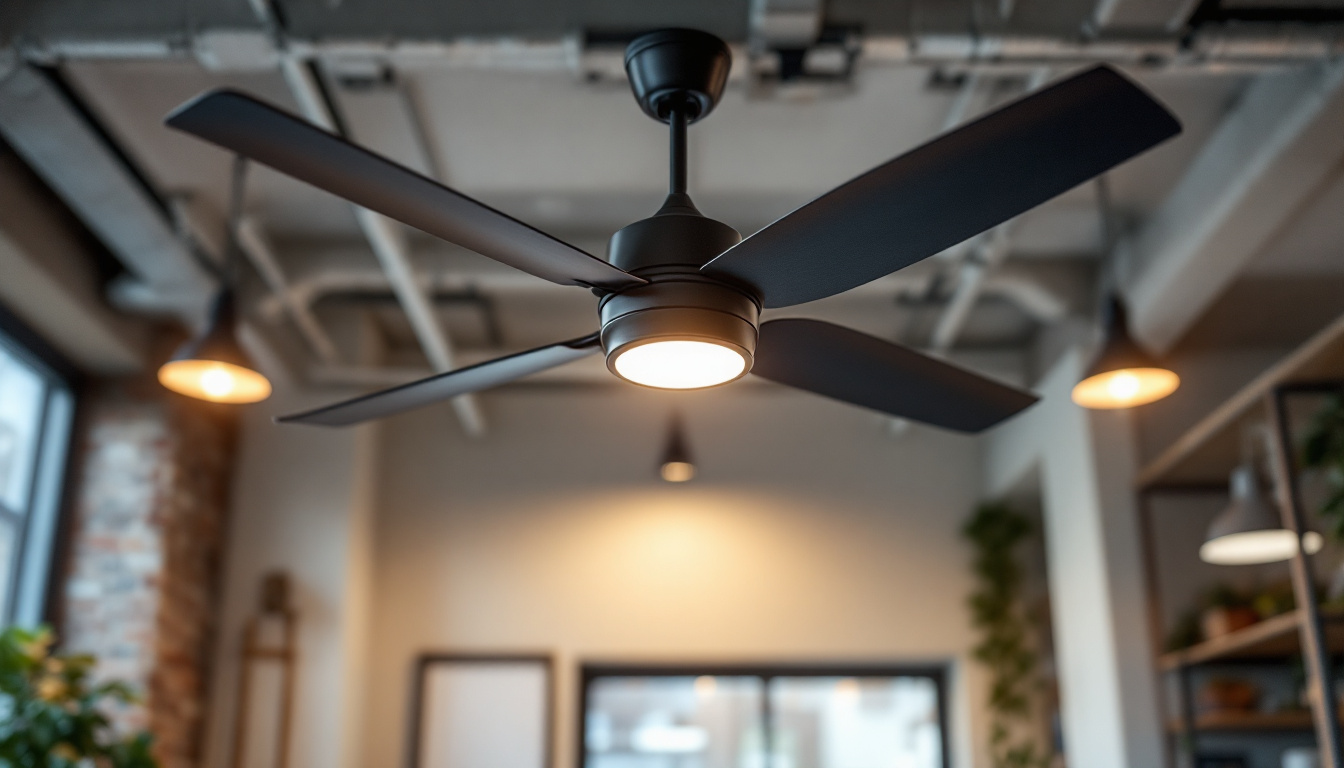
Discover the essential best practices lighting contractors use when selecting and installing industrial ceiling fans.
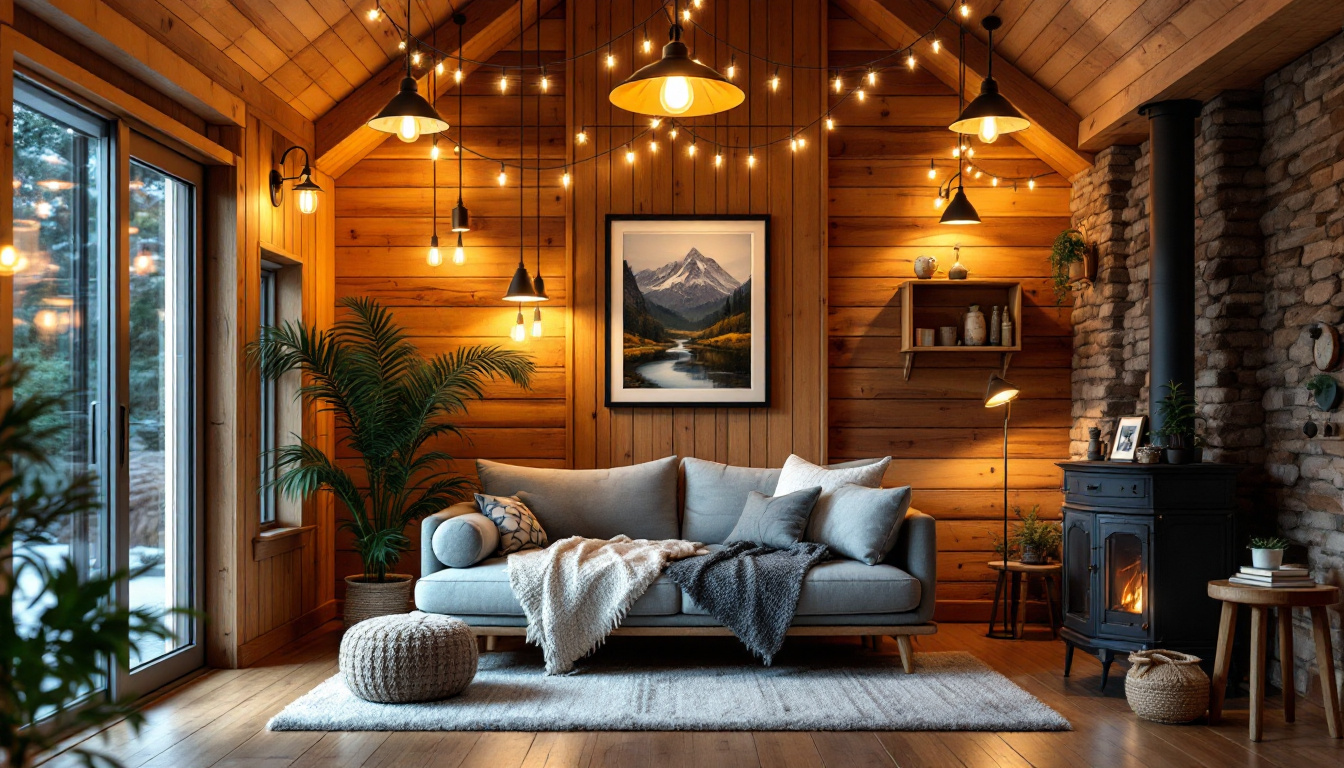
Discover expert tips and innovative strategies for lighting contractors to enhance cabin ambiance.
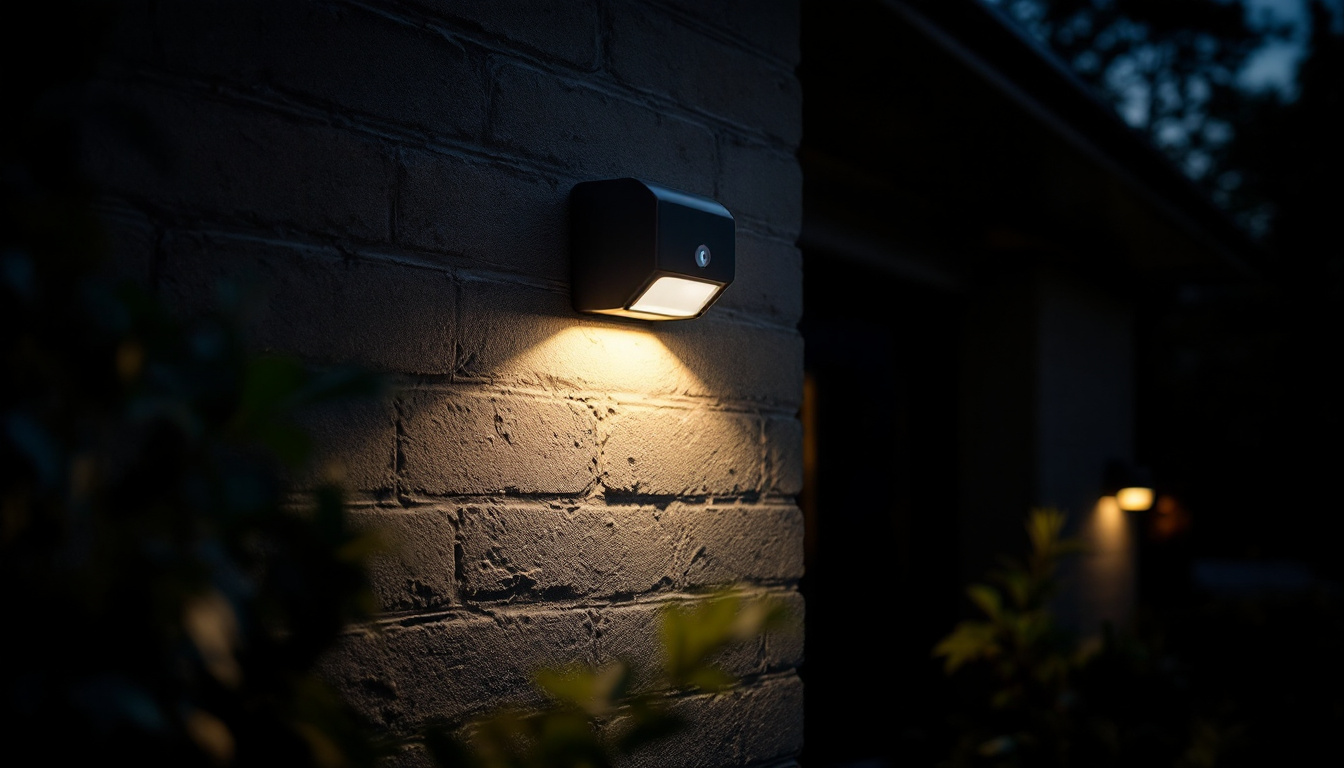
Discover essential insights into motion sensing lights tailored for lighting contractors.
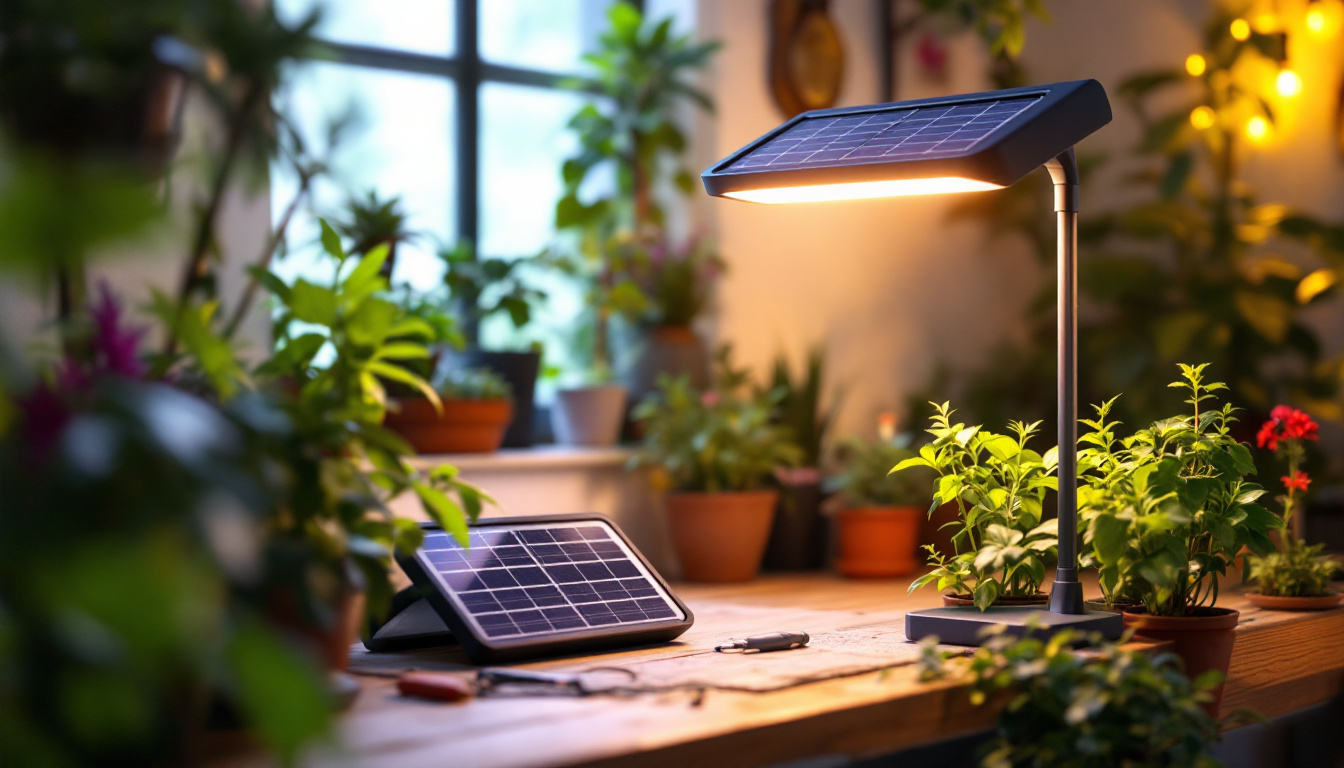
Discover the essentials of solar-powered grow lamps and compliance requirements for lighting contractors.